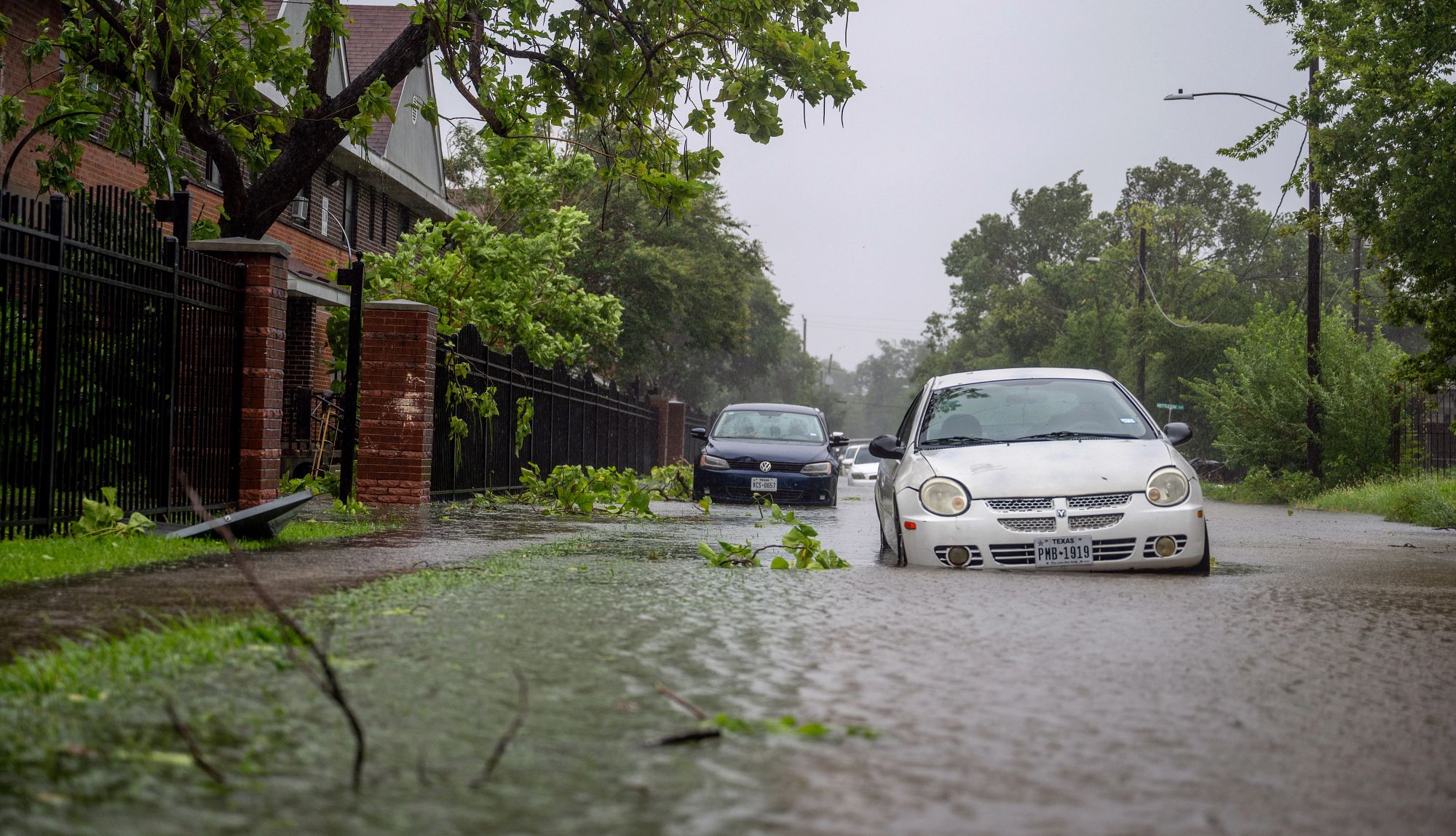AARP Hearing Center


Phoenix spent the summer of 2024 sweltering through a record-breaking number of 110-plus-degree days. In South Florida, ocean temperatures topped 90 degrees in several locations in July. And that same month, Hurricane Beryl bore down on Houston, just as Susan McIntosh was closing on the sale of her condo there.
“My heart was in my mouth praying it wouldn’t sustain any damage,” says McIntosh, 73.
The former Rice University anthropology professor was in the process of a long-planned exit from the increasingly storm-prone Texas metropolis. “After Hurricane Harvey in 2017, as I approached retirement, it became a much more prominent aspect of my thinking,” she says.
Beryl “really reaffirmed my decision to not go into retirement with the possibility of facing a major cleanup,” she adds. “All of those things had been building in my mind. I have cleaned up from major hurricane events, and that was not the kind of retirement I wanted to risk having.”
Seeking shelter from the storms meshed with another of McIntosh’s criteria for a retirement move: being closer to her daughter, who lives in Maine, which ranks 44th among the 50 states for risk of loss from natural disasters, according to the Federal Emergency Management Agency.
The winters are colder than in Texas, of course, but “I was glad to come back to seasons,” says McIntosh, who is originally from upstate New York. She settled in a 55-and-older development, Cumberland Crossing by Ocean View, near her daughter’s home in Portland. It features solar energy, heat pumps and energy-efficient windows.
“I want to have the lowest possible carbon footprint in the way that I live,” she says.
Climate risk rises with age
McIntosh’s choice could be a sign of things to come. Extreme weather events and ever-hotter summers haven’t stopped retirees from flocking to Florida and Arizona to spend their golden years in the sun. (Or to Houston, which has one of the fastest-growing 65-plus populations among U.S. cities, according to Census data.) But as temperatures keep climbing in traditional Sun Belt retirement meccas and storms grow more intense, climate experts counsel older Americans to consider alternatives.
“People might want to seriously rethink popular retirement destinations that are in hotter areas,” says Benjamin Strauss, CEO and chief scientist at Climate Central, an organization that researches and shares information about climate change effects.
Strauss says the scorching summer of 2024 is just a hint of what it will be like in years ahead. “This summer is not just a one-time anomaly, and within a few decades, it might look like an average one, or even cool,” he warns.
For retirees, it’s not just a matter of sweaty discomfort:
- People age 65 and older are among the most vulnerable to heat-related illness and death, according to the Centers for Disease Control and Prevention.
- Those in very hot locales face higher utility bills that can eat into fixed incomes, as well as soaring homeowner’s insurance costs due to the extreme weather events associated with climate change.
- Being stuck inside air-conditioned homes can prevent older people from being active and mobile, notes Jesse Keenan, a professor of real estate and urban planning at Tulane University whose research focuses on adaptation to climate change.
“Over time, I think these factors are really going to add up, and motivate people to look elsewhere,” Keenan says.
It’s not just the heat
Where should retirees who want to avoid the heat consider going? “Many of the states in the north tend to have more moderate temperatures,” says Vivek Shandas, a geography professor at Portland State University in Oregon who specializes in the implications of climate change. He recommends that older adults concerned about the warming trend look at the belt of states stretching from New England through the upper Midwest to the Pacific Northwest.
But triple-digit heat isn’t the only climate consideration for retirees weighing a move.
“The recent flooding events in Vermont show that even areas perceived to be safe from disaster can be hit and hit hard,” says Benjamin Keys, an economist and professor at the University of Pennsylvania’s Wharton School who has studied climate impacts. “There’s no escaping the weather, but some areas will likely benefit from milder winters and relatively rare disaster events.”


























































































More From AARP
Medical Breakthroughs That Could Impact Aging
Advances that aim to keep us healthier, longer